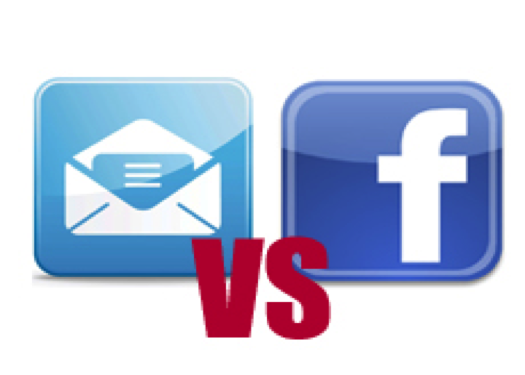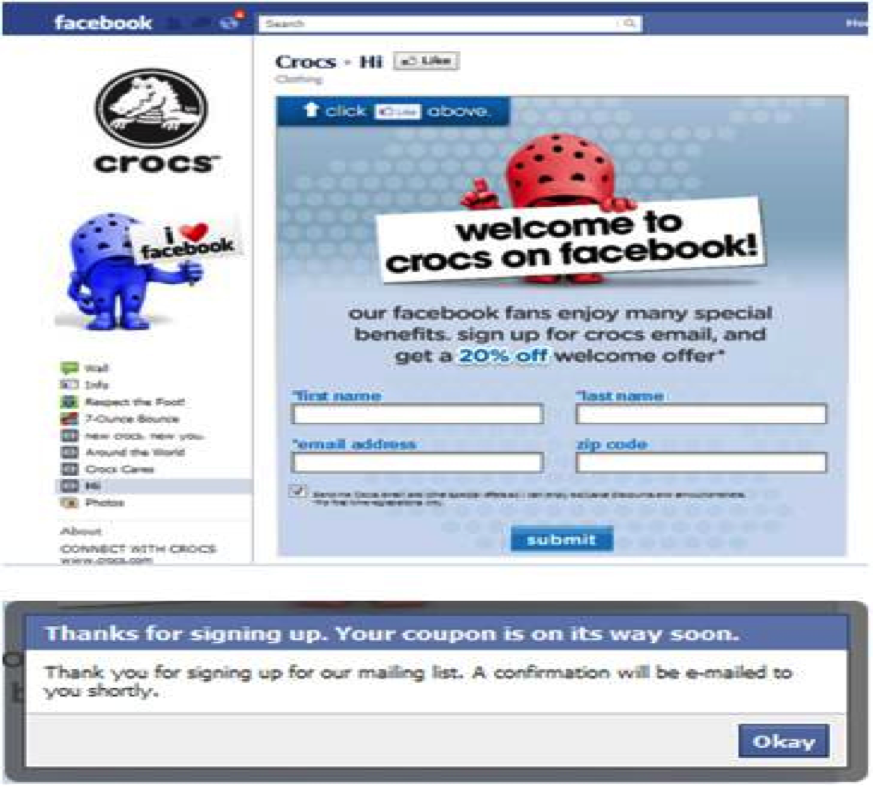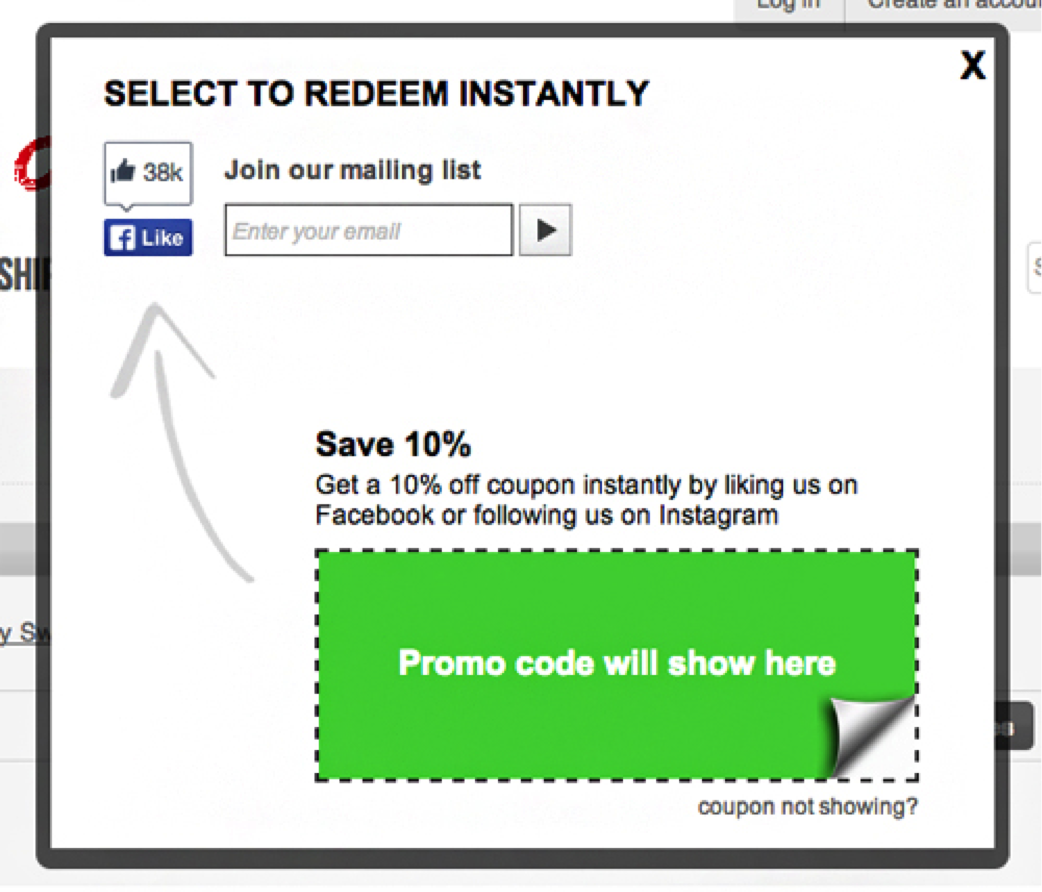 I’ll answer the title’s question quickly. It’s email.
I’ll answer the title’s question quickly. It’s email.
Why? I’ll explain in a moment.
But the truth is, there’s marketing value in email and Facebook (and insert social network here).
Just not the same value.
I can cite research that shows email outperforms social in customer lifetime value, and is responsible for approximately 7 percent of new customer acquisitions.
While numbers can be persuasive, let’s look at the disadvantages of social marketing:
Social networks are not primarily commercial. While you can say the same things about email inbox, a page Like or Follow does not mean the fan wants to be marketed to. With email opt-in, there’s an expectation that you’ll receive offers, announcements and typical email stuff. Sometimes a Like or Follow is an expression of approval for your brand, and a little more.
Social networks are “noisy” — you’re not guaranteed your updates will appear in the Facebook Newsfeed at all, or that it will be noticed in the slew of Tweets, Instagrams and Pins that saturate their respective feeds. Most folks go through their inboxes methodically, though delivery issues exist with email marketing, if you successfully hit the inbox your subject line will at least be read in most cases.
Social updates leave little room to merchandise. There’s just more creative space with email than with single posts.
Social networks lack segmenting and reporting tools. While social networks have decent reporting, you can’t get segmented reports and it’s difficult if not impossible to create segments of Fans and Followers to tailor different messaging to.
Social channels lack personalization capabilities. Though Facebook ad targeting is getting better, and includes some advanced targeting capabilities, you don’t have the same personalization ability as you do with an email program tied to a user account and site behavior.
It’s also easier to ask an email follower to also friend/fan you on social networks than vice versa. Some brands like Crocs offer email sign up on their landing page, but remember, fans typically see that page once and may not see it at all if they click a Like button on your site and don’t navigate to your Facebook landing page.
Of course, this is not to say there’s no value in offering social pages as a communication channel for your fans and customers. In fact, social has some advantages of its own:
Permanent “address” Email accounts turn over and are abandoned frequently. A social account stays put much longer.
The ability to market to friends of friends easily (paid reach). Both Facebook and Twitter (and soon Pinterest and the others) enable targeting to friends of friends through sponsored posts, broadening your marketing reach and potentially acquiring new customers. Email can’t do this.
Both have value, but not the same value. I recommend running both, but there are times when you need to decide which channel to dedicate A) more resources to, and B) which call to action to make most prominent on your site. For example:
Calls to action like the one above may push one channel over the other by the way they’re designed. In this case, the Facebook Like / Instagram Follow is certainly the primary call to action. Email is secondary. This may be intentional, but be sure you’ve thought through the value of each channel when deciding which to make more prominent in your marketing messages.






